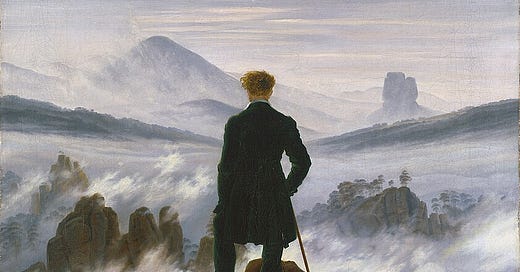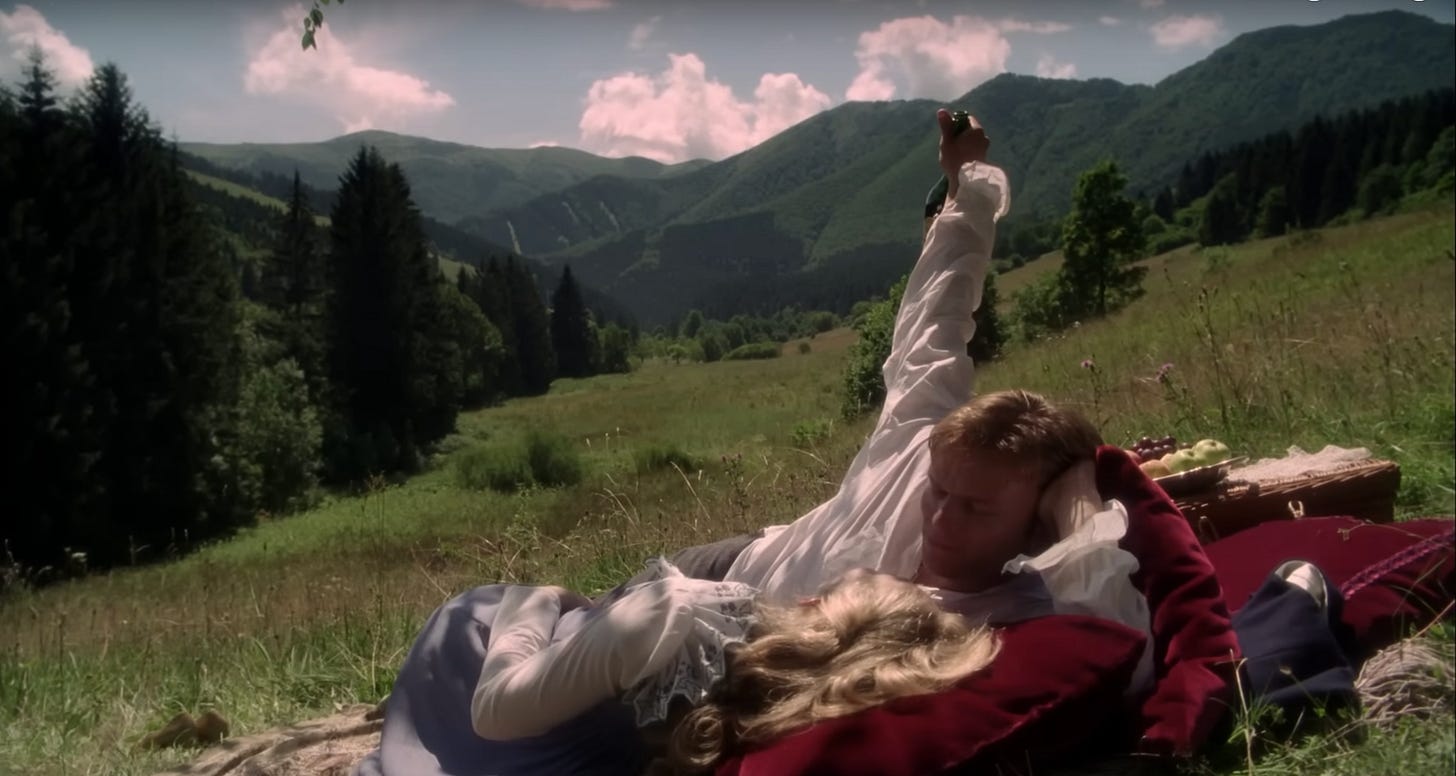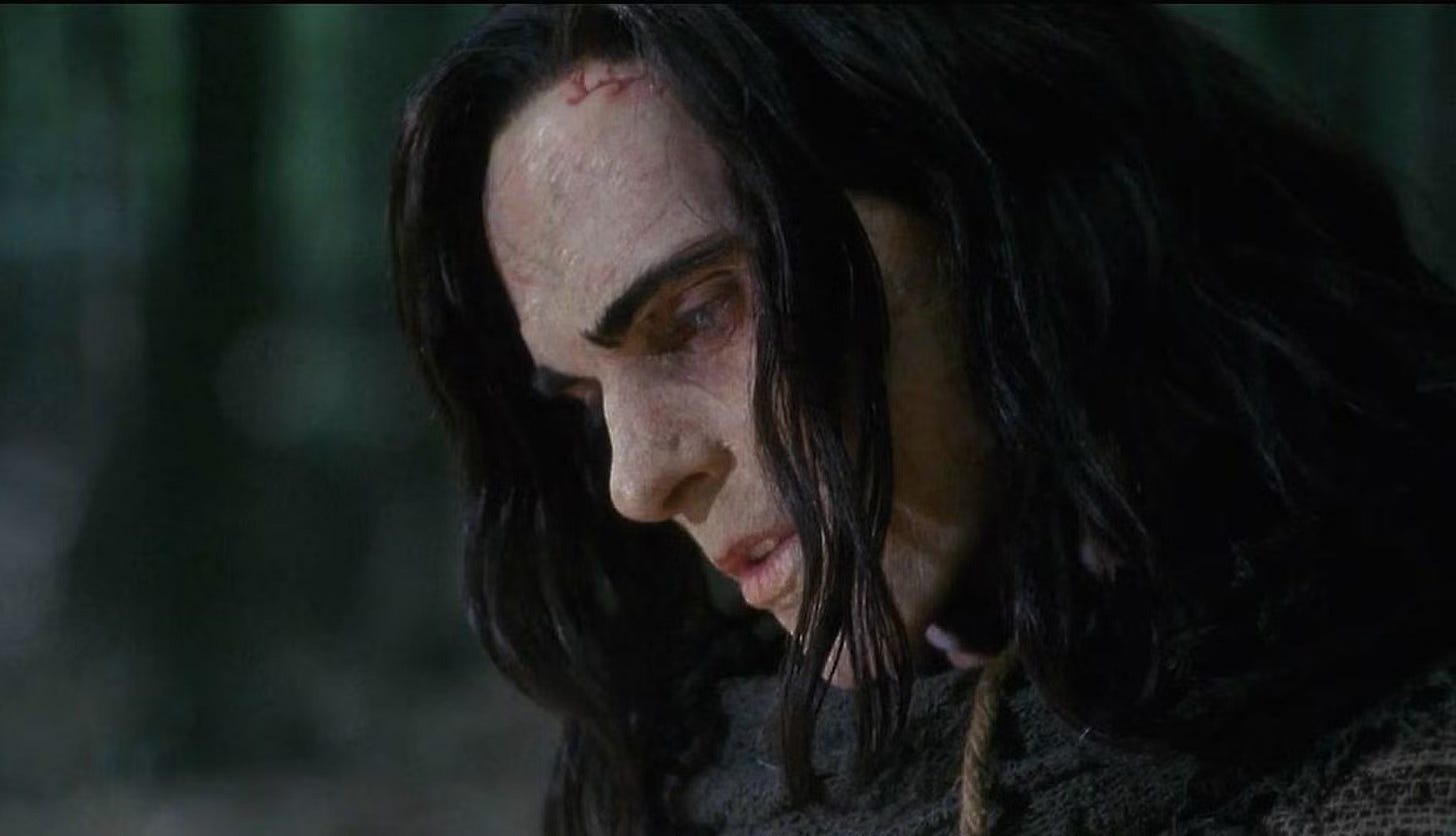Before I read Frankenstein for a high school literature class, I’d had little exposure to the novel or its many adaptations outside of the kind of references you see in a Halloween special.
I really didn’t expect to get hooked on Frankenstein the way I did. We started the book around the beginning of March 2020, as news stories about COVID became deafening, and lockdown started when we were only a few chapters in. While I’m pretty sure most of the class never finished Frankenstein, I couldn’t get myself to put it down.
Years later, I still couldn’t get the book out of my head. And in lieu of a reread, I started looking for an adaptation to watch.
If we’re being generous in the definition of the word, I have seen 14 adaptations of Frankenstein. And it’s not just films, I’ve seen plays, ballets, indie games, musicals, and metal operas. There’s a whole world of Frankensteins out there, each with a different take on the incredibly malleable story.
But for all the Frankensteins I’ve seen, I still haven’t found a “perfect” adaptation — though one does get surprisingly close.
In 2004, Hallmark released a 2-episode miniseries/movie adapting Frankenstein. And somehow, it’s the most accurate adaptation I’ve been able to find.
What was most immediately striking about this series was its romance. Our cultural perception of Frankenstein is so centered around its horror — a body sewn together out of disparate parts, the Creature’s revenge on his creator — that we often forget the book’s happier or more reflective moments, which is something the movie lingers on.
Between its two episodes, the series has a total runtime of almost three hours. And though it feels slow at times, I appreciate this Frankenstein’s patience.
This approach allows the movie to develop Victor’s relationships on-screen in a way few other adaptations bother to — we’re able to get a sense of what Victor loses when the Creature exacts his revenge. Victor may look more like a Romantic hero than a mad scientist at first glance, but this adaptation doesn’t shy away from the darker parts of the story or Victor’s slow descent, giving us a more complete view of him as a person.
On the other hand, my biggest complaint with this Frankenstein is the Creature. Though this is the most book-accurate version of the character of the adaptations I’ve seen, he still falls short for me.
Hallmark’s Creature has been, for lack of a better term, yassified.
His sharp eyebrows, his wavy hair, his perfect teeth, his cheekbones — they do try to balance this by giving him chapped lips, this weird wrinkliness, and a line of stitches at his hairline, but the dissonance in the Creature’s makeup just pulls me out of it almost every time he appears on screen.
The Creature isn’t afforded the same treatment that Victor is, with well-developed relationships and a sort of patience. Really, in comparison to Victor, the Creature feels two-dimensional.
He goes from learning basic concepts to reading Paradise Lost in the span of one scene — meanwhile, we watch Victor’s interest in science develop over the course of 20 minutes before he even starts looting cemeteries. And De Lacey’s family, whom the Creature observes to learn, have been changed from the book in a seeming effort to simplify things, yet the movie still doesn’t meaningfully develop the Creature’s parasocial relationship with the family before he’s beaten and chased away.
But despite my complaints, there is promise in this Creature — he’s soft-spoken and curious, something that feels rare in a sea of bellowing and brash versions of the character.
I’ve already said that this Frankenstein is the most plot-accurate adaptation, but its accuracy also operates in another, more subtle way.
Caspar David Friedrich’s Wanderer Above the Sea of Fog is a frequent feature of Frankenstein covers, including the Dover Thrift Editions copy I bought in 2020.
Wanderer Above the Sea of Fog is the very image of Romanticism (the art movement to which Frankenstein also belongs), but I also think it’s a great visual touchstone for Frankenstein specifically.
We can easily cast the man on the rocky precipice as Victor, standing over nature just as he attempts to control the natural forces of life and death. The impassable landscape before him is an expanse of hazy blues, craggy peaks, and mist so thick it could be mistaken for snow — this is the sort of imagery I imagined while reading the book. And though I don’t know if it was intentional, Hallmark’s Frankenstein seems to emulate Friedrich and the aesthetics of Romanticism.
This aesthetic “accuracy” is something I wanted but had given up hope of finding before I watched this movie. Paired with its dedication to the original plot, this aesthetic quality serves to make Hallmark’s Frankenstein feel true to the book in a way nothing else does.
In the world of Frankenstein adaptations, it often feels like we skipped straightforward adaptations and jumped right to transformative ones.
And don’t get me wrong, I love transformative adaptations. There are so many interesting ways to bend and twist Frankenstein — like Creature, which is set in early 20th-century Turkey, or the Blackeyed Theatre’s stage play, that features a life-sized puppet as the Creature.
But if you’re looking for an adaptation of Frankenstein that feels true to the tone and plot of the book, I could only recommend the Hallmark miniseries.
Originally, I was going to write a more in-depth review of each adaptation I’ve seen, but that ended up being too long and rambling. Instead, I’ve got just some quick thoughts about each and links so you can check them out for yourself.
There are some pretty notable adaptations missing from the list of ones I’ve seen (including the 1931 film and the Hammer Horror movies), but in my defense, I was generally looking for attempts at book accuracy.
Without further ado, here they are:
The Royal National Theatre’s production: If you want to watch Benedict Cumberbatch writhe on the floor in a diaper for 12 minutes, this is the adaptation for you! But seriously, I would say it’s the second-most accurate adaptation.
The Blackeyed Theatre’s production: The Creature as a puppet is so unbelievably cool and gave me the chills more than once.
The Royal Ballet’s production: It’s very beautiful, but makes a lot of sacrifices in plot for the sake of having over-long dances (even for a ballet).
Mary Shelley’s Frankenstein: It goes off the rails in a lot of ways I didn’t particularly enjoy, but I was pleasantly surprised by Robert De Niro as the Creature.
Frankenstein: A New Musical: The good news is that the music is great, but actually going through the effort to watch the musical doesn’t add much.
Frankenstein: The Metal Opera: Being a metal opera, I would’ve expected the music to be more… metal. Overall, it’s alright.
The Wanderer: Frankenstein’s Creature: The game’s visuals and soundtrack are great, and it doesn’t overstay its welcome. It’s worth noting that The Wanderer only loosely follows the plot of the book before going in an entirely new direction.
Creature (or Yaratılan): I really enjoyed seeing Frankenstein brought to a new cultural context (early 20th-century Turkey). It does some really interesting things with the story, even if it doesn’t fully deliver on its promise.
Young Frankenstein: Not really an adaptation of the book (I said I’ve seen 14 adaptations if we’re being generous), but still a very fun time.
Penny Dreadful: The Frankenstein plotline in the first two episodes was surprisingly interesting, but I only watched a few episodes past that.
Victor Frankenstein: Only tangentially related to the book and very much of its era. Pretty fun, if you’re in the mood for it.
Van Helsing: As a Frankenstein adaptation, Van Helsing will disappoint, but in almost every other way, it will exceed your wildest dreams. I love this movie.
I, Frankenstein: The first fifteen minutes are genuinely a great adaptation of the novel! But once it gets to the gargoyle/demon war, things start to go downhill.
Notes:
There’s a behind-the-scenes video where each actor gets to talk a little bit about their characters. It’s nothing groundbreaking, but I did find it interesting that the director said his goal for the movie was to foster understanding and compassion for the Creature.
Suggested Reading:
“Literature’s Arctic Obsession” is an article by Kathryn Schulz for The New Yorker that talks about 19th-century writers and their interest in the North Pole. Frankenstein makes an appearance, of course.
“Pinnochio is a Story About Art and God” is a video essay by Jacob Geller about what’s so alluring about Pinnochio and the sudden onslaught of adaptations that started in 2022.







